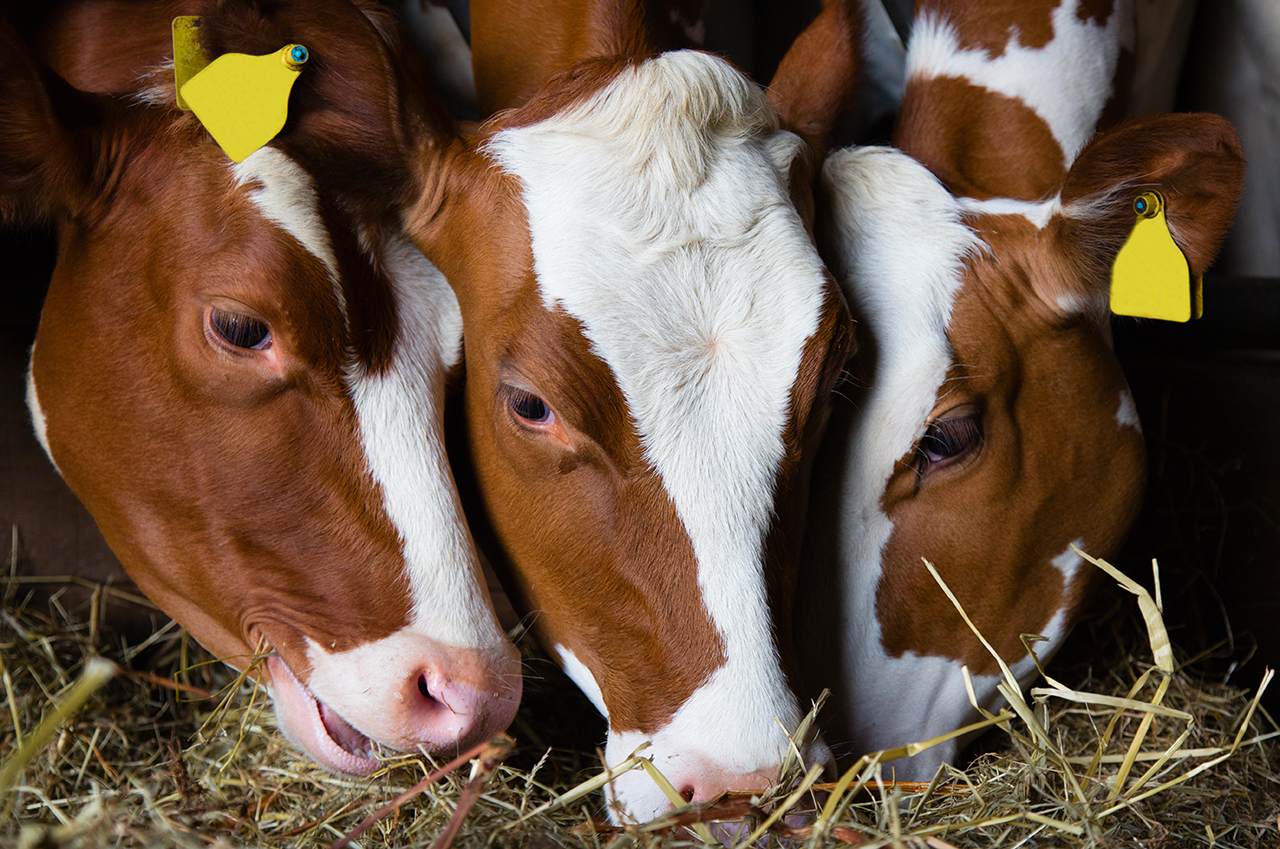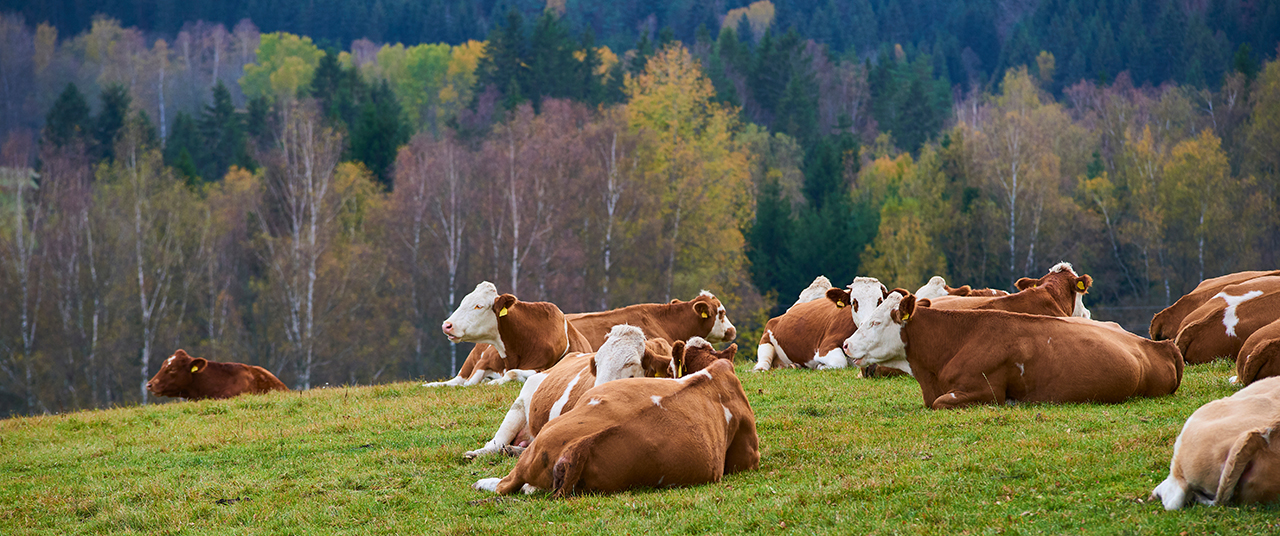
The dairy industry is facing challenges like never before: Milk producers, dairy factories and retail are no longer unchallenged when producing or marketing milk. In fact, the dairy production is regularly being labelled as unsustainable, detrimental to the global climate or simply not in accordance with animal health and welfare. Much attention is being paid to the health of the dairy cow in modern farming systems; and the industry is facing complaints about cows experiencing metabolic disease and being pushed to the limit. Especially the productive life span of cows raises concern, and the general public wants to know why cows don’t live longer.
From an expert’s point of view, it would be easy to ignore much of this public commotion. It is often based rather on fiction than fact and milk production has become a complex business that is difficult for outsiders to understand. However, there are some truths to these complaints. We have to accept that improvement is always possible, especially when the health status of dairy cattle is concerned. Metabolic disease, lameness and mastitis are a constant challenge to our industry, and we cannot just ignore it: The dairy sector has to concede that there are still too many lame cows, and the udder health could still be improved.

It would be careless to assume we know everything we need to know about dairy cattle health - we keep on learning new things every day. However, by now we do understand enough to keep cattle free from most disease. The level of clinical disease appears to be much lower than some decades ago, especially when metabolic conditions such as clinical milk fever are concerned. A downer cow used to be a common thing; today, on well-managed farms more than the odd case raises justified concern. However, the truth is we still have too many subclinical diseases around which more often than not tend to go unnoticed unless someone is actually looking out for them. This is especially true for two complexes of disease already mentioned where we still need to do a lot: Lameness and Mastitis.
Both complexes are of course inherently different, but they have some things in common: Both are indeed “complexes” of disease with partly very different causes and appearances. Both are long-term challenges which are usually not controlled by just changing feed or administering some magic drug. Both affect the individual animal but are detrimental to the herd as a whole and both diseases tend to be seen only superficially. The manifest clinical forms are noted and treated, but we know that every clinical case is just the tip of the iceberg. There is the blind spot of modern dairy farming – The disease that is there but goes unnoticed, untreated and unprevented. For every clearly lame cow in a herd, there are some that are mildly lame and go unnoticed. And every clinical case of mastitis may very well come with subclinical mastitis that may erupt at any time. So, by just focusing on the apparent disease we do little about the next cases that are already underway. The question is: Why do we still not apply more of our knowledge and technology to effectively prevent disease? Let us therefore understand the justified public concern as a motivation to improve bovine healthcare! Trying new ways of actual prevention will not only help us make the dairy production more sustainable and animal-friendly, but it will also make it even more efficient and profitable.

New ways are open and can be taken. In the past, our industry has been focused on treatment of sick animals; this slowly started to change in the late 1980s. For some decades now, prevention is the goal: Preserving animal health rather than restoring it. Farmers and vets learned how feeding and management had to be optimized and a deeper understanding of various risk factors improved husbandry even further.
Today, we focus on prevention more than ever. This saves time and money, cuts use of medicines, especially antibiotics, and, above all, improves animal welfare. We achieved a lot by using data from field and clinical trials; the knowledge obtained from modern communication has accelerated progress. Risk factors became a research field in their own right, with data pointing to things that determine whether animals were likely to get ill. Rather than seeing data as a means to an end, nowadays we see it as the source of relevant knowledge in itself– data is not only telling us about the past (when something went wrong), or the present (when something is not right). We are able to use data as a means to predict what is likely to happen in the future. Various initiatives are underway to achieve a true risk-based prediction of disease. Today, our solution Predicta GUADIAN is offering just that: Prediction of disease, pointing to cows that need support before they show clinical disease.
A case of clinical lameness with whatever cause or a case of clinical mastitis does not just happen: there is a change in the animal and the signs of an animal going from good to ill are so delicate they are often just overlooked. These changes are however, mirrored in data points and form patterns which in turn are recognizable for modern big data technology. Technology does identify these patterns and is able to create warnings as a means to intervention – before an animal gets clinically ill, its health is compromised and profitability is at stake.
Data technology is in fact better in predicting disease than humans ever where, and thus creates opportunity: Change of management when it’s not too late, taking better care for animals when they are still healthy, and preserving profitability when it isn’t compromised yet. Today, farmers are using Predicta GUARDIAN to identify cows they can help because they are at risk to develop clinical disease. In simple words: Data technology points to the animals that are in the process of developing disease long before a trained eye would recognize it. This is truly an opportunity to overcome the blind spot.